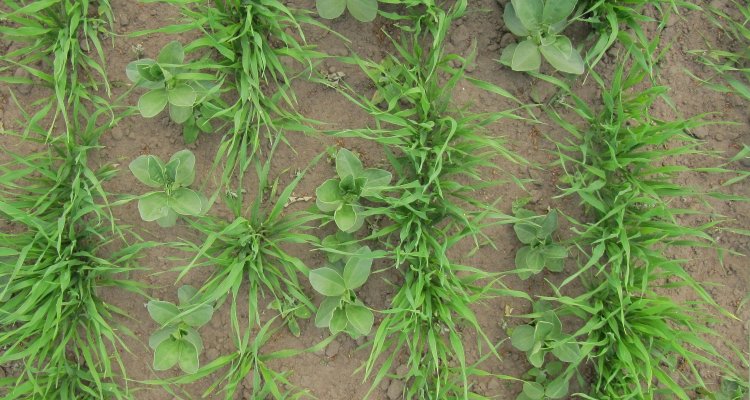
Project
The potential of intercropping for weed suppression and crop yield
Intercropping is the agricultural practice where two or more crop species are cultivated simultaneously within a single season on the same area of land. One of the benefits of intercropping better weed suppression than expected from the monocrop averages. This phenomenon is attributable to plastic responses of the plants to neighbouring plants. To make optimal use of this phenomenon for intercrop productivity, a better understanding of the influence of different intercrop system design variables, such as population density and sowing pattern, is needed.
Objectives and methods
The aim of this project is to quantify the influence of different system design strategies (e.g. plant density, component crop ratio, within-row mixing) on weed biomass and crop yield. A field experiment will be done to gather data on different design strategies. Optionally, a functional-structural plant (FSP) model can be applied and calibrated to gather data from simulations in which additional designs can be investigated in silico. Within this topic it is possible for the student to develop their own research ideas.
Required skills
Basic statistics. Useful but not required: maximum likelihood estimation, R, field work experience, FSP modelling.
Types of research:
Field experiment (different cereal-legume intercropping systems and their sole crop stands); FSP modelling (simulations of cereal-legume intercrop systems); data analysis.